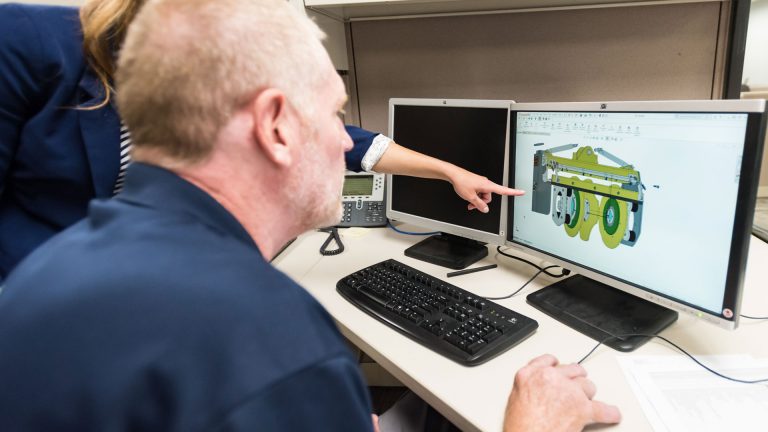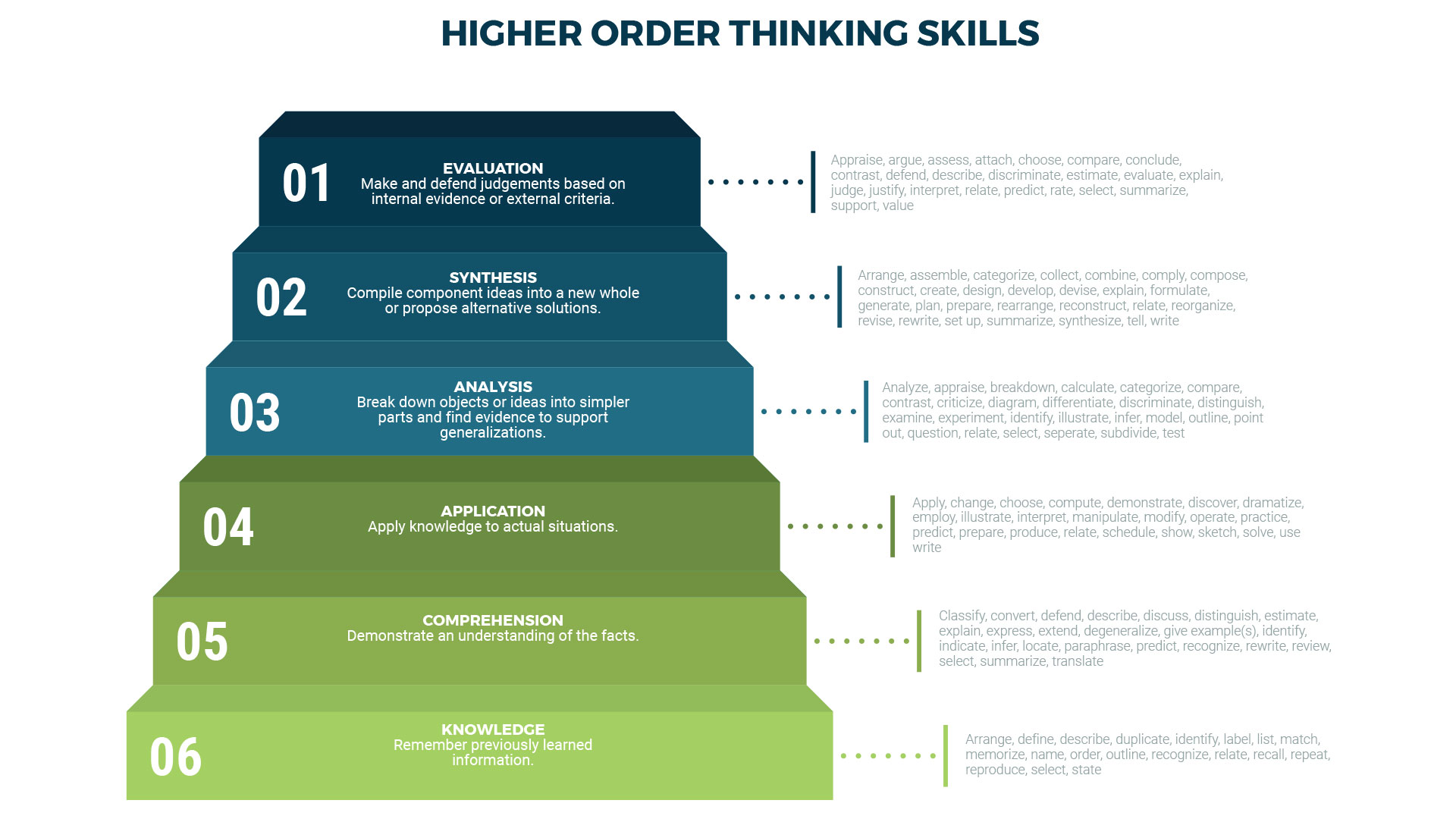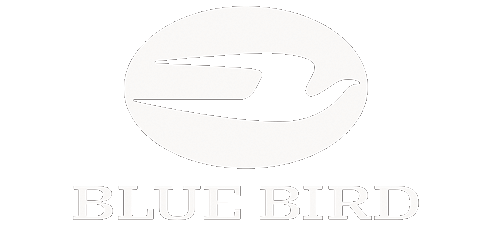Bloom’s Taxonomy is one of the most commonly used models for understanding educational objectives and is frequently referenced in building behavioral assessment training and content.
What is Bloom’s Taxonomy?
Simply put, it is a widely used methodology of developing and measuring how a learner is able to learn. It is primarily used by instructional designers and learning psychologists to help identify the learning competencies a learner can achieve, and the level of instruction to design around.
In 1984, B.S. Bloom formulated a classification of “the goals of the educational process.” Leading a team of experts, he was able to identify three ‘domains’ of educational activities. The first of these, named the Cognitive Domain, includes knowledge and the development of intellectual attitudes and skills. The other two domains, the Affective and Psychomotor will be addressed later. Bloom and his team established a hierarchy of educational objectives, which is generally referred to as Bloom’s Taxonomy, and which divides cognitive objectives ranging from the simplest behavior to the most complex.
Bloom’s Taxonomy Verbs by Fractus Learning is licensed under a Creative Commons Attribution-ShareAlike 4.0 International License.
The power of Six
Broken down into six categories, these are defined by levels of learning and comprehension for the learner. To reinforce, there is a list of verbs most commonly identified with each category. When creating a lesson plan and identifying learning goals, these categories are used as a guideline to follow.
Knowledge
Observe and recall of information. Remember dates, events, places, major ideas or subject matter.
Comprehension
Understand the information, grasp the meaning of the material. Compare, contrast, order, group, predict consequences.
Application
Use the information learned, use methods, solve problems using the new skills or knowledge gained.
Analysis
Identify patterns, organize the parts, identification of components.
Synthesis
Relate knowledge gained from different areas, use old ideas to create new ones, predict or draw conclusions, create.
Evaluations
Compare and discriminate between ideas, verify value of evidence, decide, rank, compare.
How Do I use the List of “Verbs”?
There is a list of active verbs that have been created and assigned to each category to serve as a guide when building content. The following are examples of how and when to use these verbs. Simply put, ask if your intended audience, or learner, can (verb) this action. Here are a few examples of questions you can cue up throughout your eLearning course.
“In this lesson, you learned the basics about engine parts, identify the various parts of the engine in this illustration below.”
- This is an example of a type of question used to validate the learner’s knowledge of what he/she may have learned. By cueing up the verb “identify” we are following the concept of observation and recall that falls in the knowledge
Let’s try another example:
“Predict what will happen next if this technician does not follow the safety protocol as outlined in the lesson above.”
- By using the verb “predict” we are giving an example of comprehension, and expecting the learner to understand the information, and predict the consequences.
Now You Try!
Now that you have learned a bit about Bloom’s Taxonomy, decide if this methodology will help you create your outline for your next eLearning or training project.
(Bonus points if you identified that the above conclusion is an example of Evaluation, by cueing up the verb, decide!)
This overview provided a general idea of how to use Bloom’s Taxonomy but there is more to it, such as levels of learning. If you have additional questions or want to learn more about Bloom’s Taxonomy, contact us. We are always happy to help.
- (Ref. http://edutechwiki.unige.ch/en/Learning_level)
- (Ref. http://www.corrosion-doctors.org/Training/Bloom.htm)



































